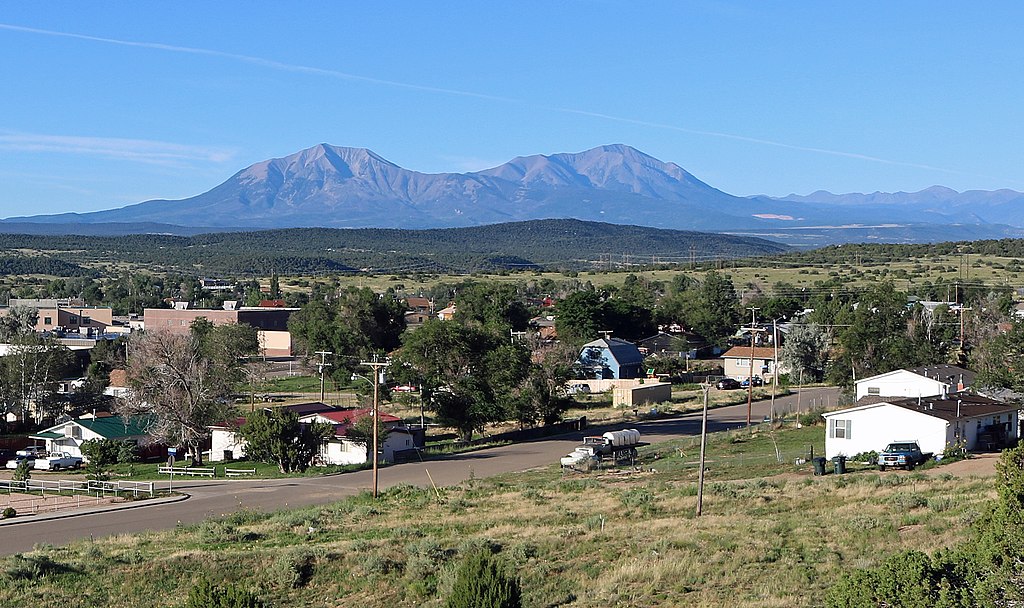
“So, I wanted to talk to you about a training opportunity” my boss said.
“Ok.”
“There’s a conference the NFPA is putting on down in Walsenburg. I think it would be useful for you with your job.”
“Walsenburg? Where is Walsenburg?”
Colorado is a big state. There are lots of small towns in areas outside the Front Range.
When we live in the Grand Junction area, I worked as an instructor with the American Red Cross. I did CPR classes for businesses all over Colorado. Meeker, Rifle, Ridgeway, Montrose. I drove a lot of rural roads around western Colorado.
I knew Walsenburg wasn’t anywhere west of the Continental Divide. In fact, it’s well east.
The name did sound vaguely familiar thought, and then I realized I had driven right by Walsenburg. Year ago, we’d make a long weekend trip to Santa Fe, driving I-25. Walsenburg lies about 50 miles south of Pueblo.
In between? Nothing but a desolate landscape of seemingly high desert.
As I went into town, it looked like many a town in Colorado where history passed it by. One main street with a couple of restaurants, along with a gas station and local market. Among those still open were the empty store fronts and businesses shuttered.
A clue to its history lie in a sign spotted along main street – “Mining Museum.”
Originally settled by hispanic sheepherders and called la Plaza de los Leones, it initially was just a small settlement used by ranchers. One of those ranchers was a German immigrant named Fred Walsen, thus leading to its new name of Walsenburg.
Walsenburg really didn’t become much of a town until a mining boom. Its boom coincided with a mining boom throughout Colorado in the late 1800s. Walsenburg’s mining fortune didn’t come from gold or silver, but instead from coal.
The first major strike occurred in 1893 and Walsenburg rode the prosperity of the coal mining boom up through World War II. At its height, there were up to 50 coal mines operating in the local area, and it had over 6,000 residents.
Like all mining booms, the bust was inevitable, and after the war, mines began to shut down and people left the little town in southeastern Colorado.
Today, the area and the county are challenged economically. I must say, though, the view of the Spanish Peaks on a clear day is gorgeous. If you want to get off the beaten path, a drive up Highway 12, the Highway of Legends, is worth your time. The geology, scenery and glorious view of the Cuchara Valley are memorable.
Perhaps like many towns, it is this that will insure a better future. The promise of recreation and tourism have saved many a Colorado mining town.

